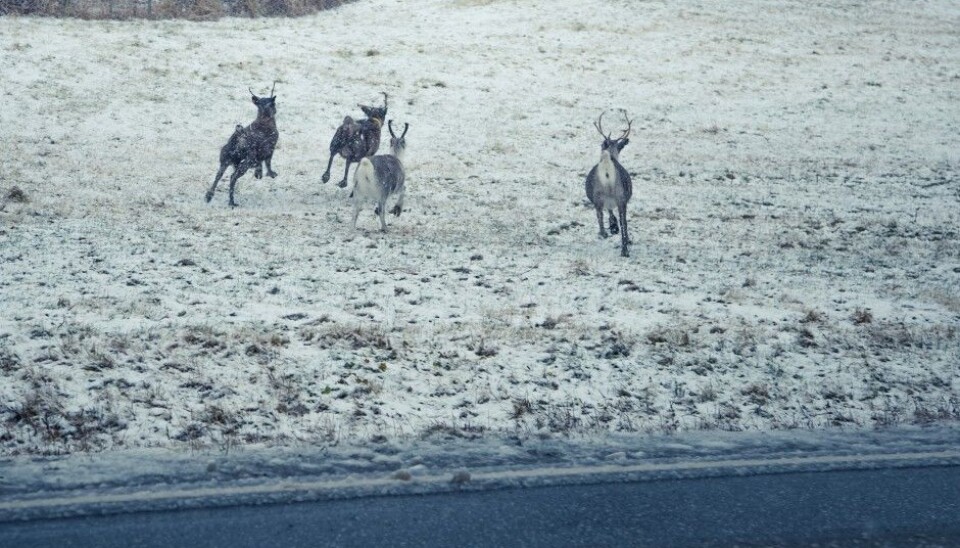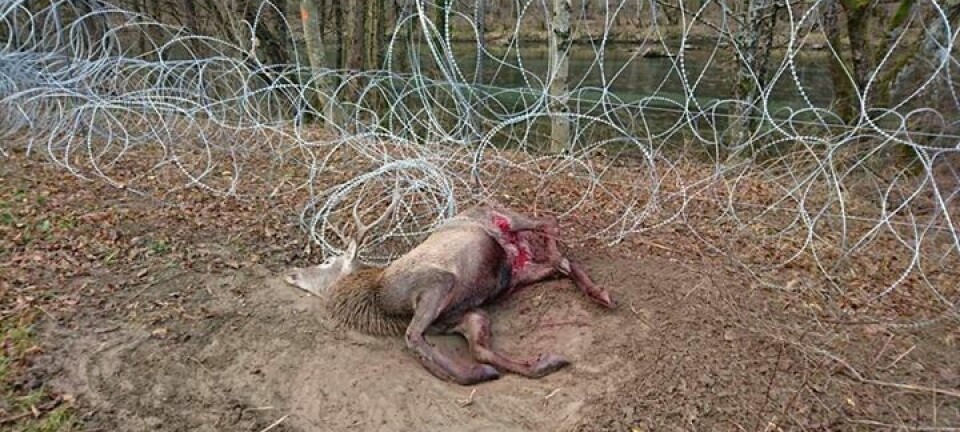
Humans curb movements of wild animals
But researchers do not think this is necessarily catastrophic. It even makes life easier for a few species.
Teams of scientists have used GPS to track the movements of 803 animals of 57 species worldwide to see how the human ‘footprint’ has impacted their movements.
It should come as no surprise that they found animals changing their movements when human activities encroach on their habitats.
The scientists find that mammalian species all over the world on average wander just half as far as they would have in a freer, open landscape.
“The results show how dramatic we humans impact the ecology of all species on the planet,” says Senior Researcher John Linnell on the web pages of the Norwegian Institute for Nature Research (NINA).
He tells ScienceNordic’s Norwegian partner forskning.no that reduced movements do not necessarily have to make the alarm bells ring.
“It is certainly an intrusion, but we can use the findings as an example of how these animals have managed to adapt themselves to a world modified so much by humanity.”
“We have altered the ecology of the animals but they are still around,” says Linnell in an e-mail to forskning.no.
Easier to find food
Roe deer, for instance, find an advantage in the landscape that our species has changed.
“In agricultural areas, roe deer have access to feeding in the winter and more nutritious plants in the best areas during summer season,” says Professor Atle Mysterud at the University of Oslo.
Mysterud and Linnell are among those who contributed with data about Norwegian wild mammal movement in the global study.
“Red deer have also benefitted from access to agricultural infields,” writes Mysterud in an email to forskning.no.
Reindeer herds broken up
Garden tulips and fields of oats may be smorgasbords for roe deer and red deer, but life is not so rosy for wild reindeer.
“The fragmentation of the landscape and barriers created by infrastructure prevent reindeer from following their traditional seasonal migratory routes,” explains Linnell.
Mysterud refers to the single large stock of reindeer that used to have the run of the southern Norwegian mountain chain, Langfjella. It is now split up into several smaller stocks separated by roads and there is less interaction and mating between the flocks.
“Comparable processes have developed further in other parts of the world, but the trend is like that seen with reindeer in Norway,” says Mysterud.
Bad for zebras
This can be dramatic for some species.
“Species such as zebras, which cover large distances in the wild, can no longer exist in close proximity to humans,” says Kamran Safi at the Max Planck Institute in Germany.
“Spatial restrictions and the fragmentation of their habitats lead to a decrease in the animals’ numbers,” he warns in a press release.
-------------------------------------
Read the Norwegian version of this article at forskning.no.
Translated by: Glenn Ostling
































